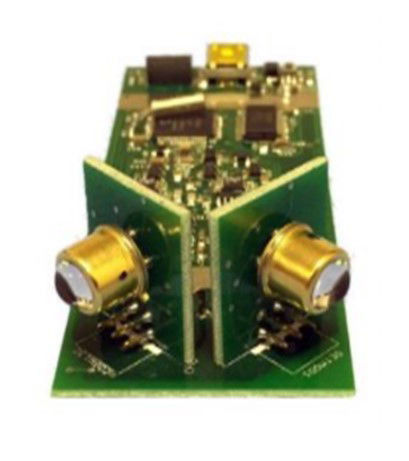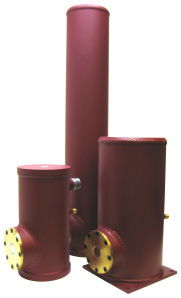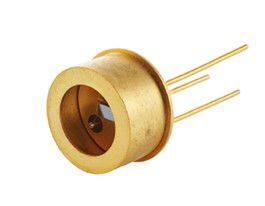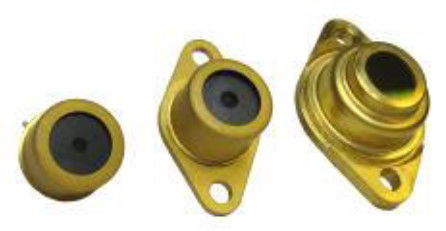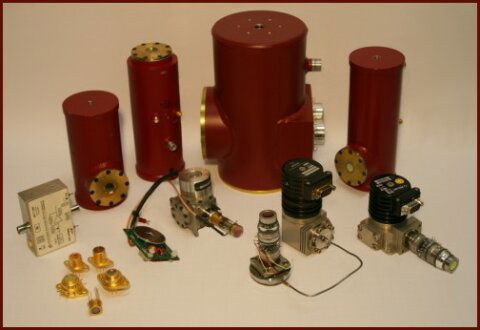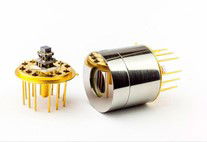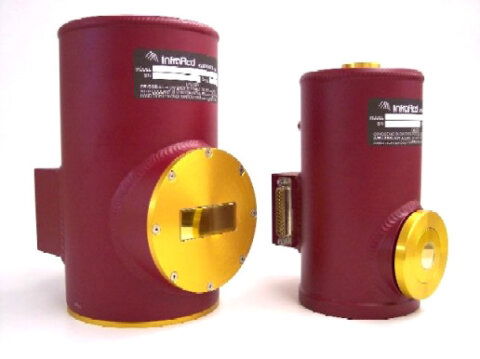PbS en PbSe Fotodetectoren
- Technologie
- Infrarode fotodetectoren
- Partner
- IR Materials
Infrarood Materialen biedt een reeks polykristallijne loodsulfide detectoren (PbS) en polykristallijne loodselenide (PbSe) voor toepassingen die infraroodstraling detecteren.
Hun PbS- en PbSe-detectoren worden vaak gebruikt als het kritische sensorelement in commerciële procescontrolesystemen, industriële gasmonitors, spectroscopie, beeldvorming en medische CO2-gasanalysatoren, brand- en vonkdetectiesystemen, verbrandingscontrolesystemen, vochtanalysatoren en flitsdetectiesystemen.
De detectoren worden geproduceerd met behulp van de modernste processen, wat resulteert in toonaangevende piekprestaties, verbeterde stabiliteit en gevoeligheid bij omgevings- en koudere temperatuuromstandigheden.
PbS-detectoren zijn gevoeliger dan PbSe-detectoren. Infraroodmaterialen PbS-detectoren zijn ontworpen voor het meten van kortegolf-infrarood tot een spectrale gevoeligheid van 0,7 tot 3,0 µm. Deze detectoren worden vooral gebruikt voor grote oppervlakken omdat ze aanzienlijk kosteneffectiever zijn dan InGaAs-detectoren.
Hun PbSe-detectoren zijn ontworpen voor het meten van middengolf infrarood tot een spectrale gevoeligheid van 1 tot 5,5 µm. Ze bieden snelle reacties en hoge gevoeligheid voor IR-detectie.
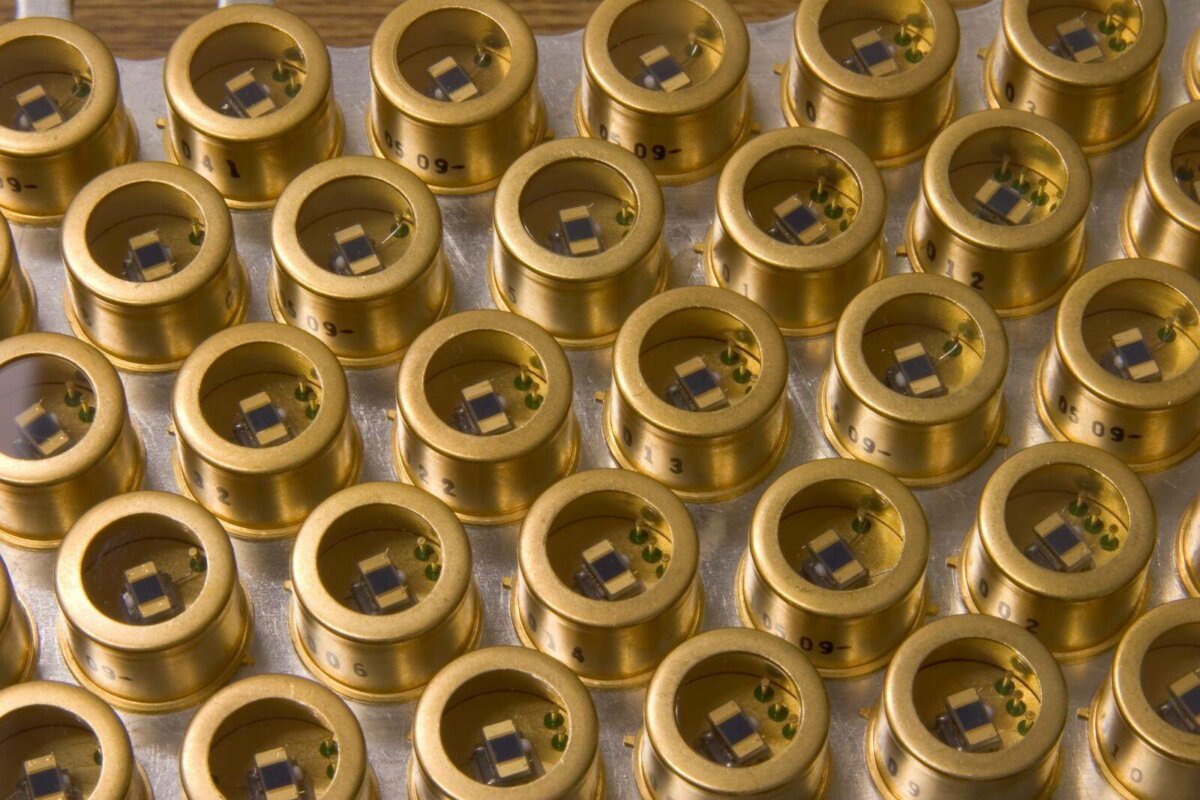
Bereikkenmerken
Een algemeen overzicht van wat deze serie te bieden heeft
- Optimale golflengte: 2,4 µm tot 4,8 µm
- Pakketten: TO3, TO5, TO8, TO37, TO66
- Koeling: ongekoeld tot 2TE
- Tijdconstante: tot 2 µs
- Detectiviteit: tot > 3 x 1011
Downloads
voor PbS en PbSe Fotodetectoren
Wat zit er in dit assortiment?
Alle varianten in het assortiment en een vergelijking van wat ze bieden
| Type | Wavelength peak (µm) | Time constant (µs) | Package | Detectivity (cm.Hz1/2.W-1) |
|---|---|---|---|---|
Uncooled – PbS | 2.4 | 100 | TO3, TO5, TO8 | Up to 1 x 1011 |
Uncooled – PbSe | 3.8 | 2 | TO3, TO5, TO8 | Up to 2 x 1010 |
1 or 2TE – PbS 2W | 2.5 | 1250 | TO37 | Up to 1.5 x 1011 |
1 or 2TE – PbSe 2W | 4.3 | 9 | TO37 | Up to 3 x 1010 |
1 or 2TE – PbS 3W | 2.7 | 1750 | TO8, TO66 | Up to 3 x 1011 |
1 or 2TE – PbSe 3W | 4.8 | 12 | TO8, TO66 | Up to 3.5 x 1010 |
Veelgestelde vragen
voor PbS en PbSe Fotodetectoren
PbS and PbSe detectors offer high sensitivity, fast response times, and the ability to operate at room temperature, making them both cost-effective and compact. These features make them well-suited for a wide range of infrared sensing applications.
PbS detectors can be operated at temperatures of up to +85 °C. PbSe detectors are also designed to operate reliably up to +85 °C, allowing for flexible use in various industrial environments.
Yes, detectivity can be improved through the use of customised collection optics. These lenses are designed to maximise light gathering and focus the incoming radiation onto the detector element, thereby increasing sensitivity. A variety of configurations are available to match specific application requirements.
Yes, PbS and PbSe detectors are available as multi-element arrays, ranging from 4, 8, or 10 up to 256 elements. These arrays allow for broader spatial coverage and improved measurement accuracy by detecting multiple signals simultaneously. They are particularly suited to applications such as spectroscopy and imaging.
Yes, dedicated preamplifiers are available for PbS and PbSe detectors. These are specifically designed to complement the detectors, ensuring optimal signal amplification and greater measurement precision. Various configurations are offered to meet the demands of different application scenarios.
These detectors are widely used in gas monitoring, spectroscopy, medical CO₂ analysis, flame and spark detection, industrial process control, and flash detection, among other areas.
PbS and PbSe detectors are employed in monitoring and control of industrial processes, particularly in exhaust gas analysis and chemical reaction monitoring, where infrared radiation provides crucial process information.
Yes, due to their rapid response times, PbS and PbSe detectors are ideally suited for detecting brief, high-intensity light pulses, such as those found in flash detection systems and emergency lighting applications.
